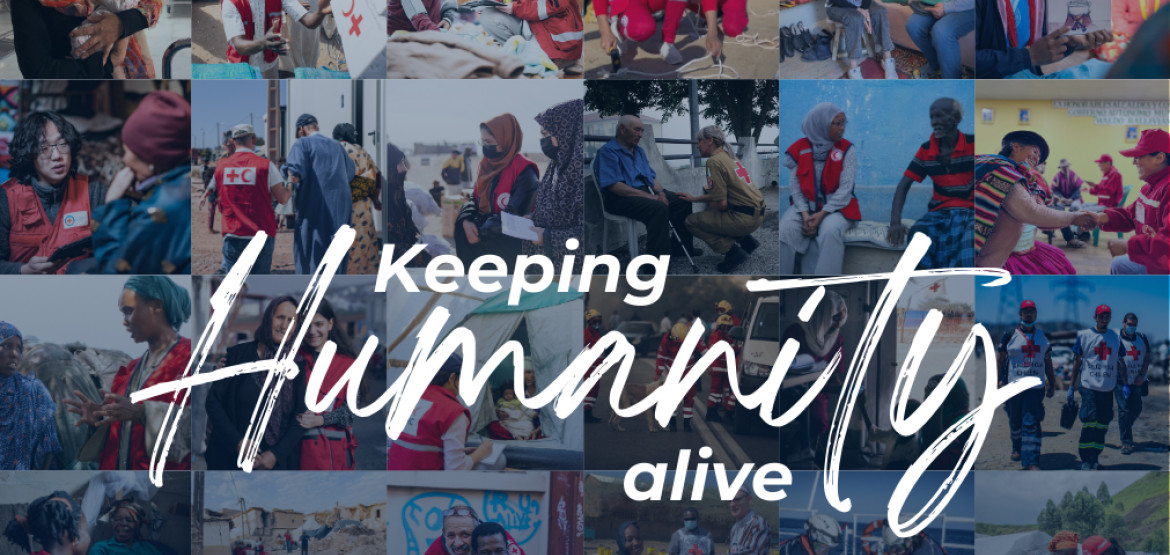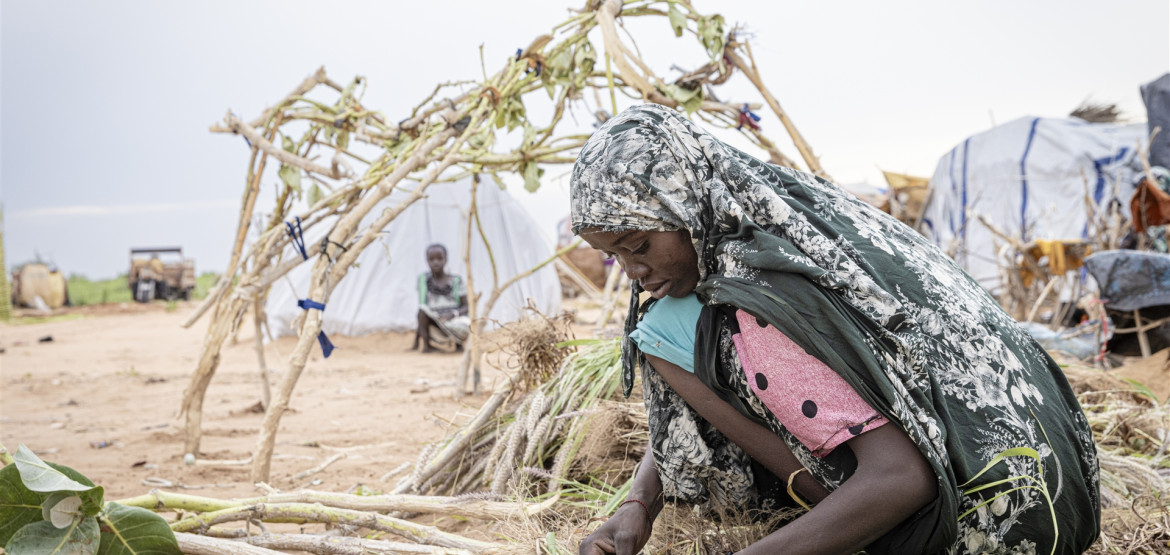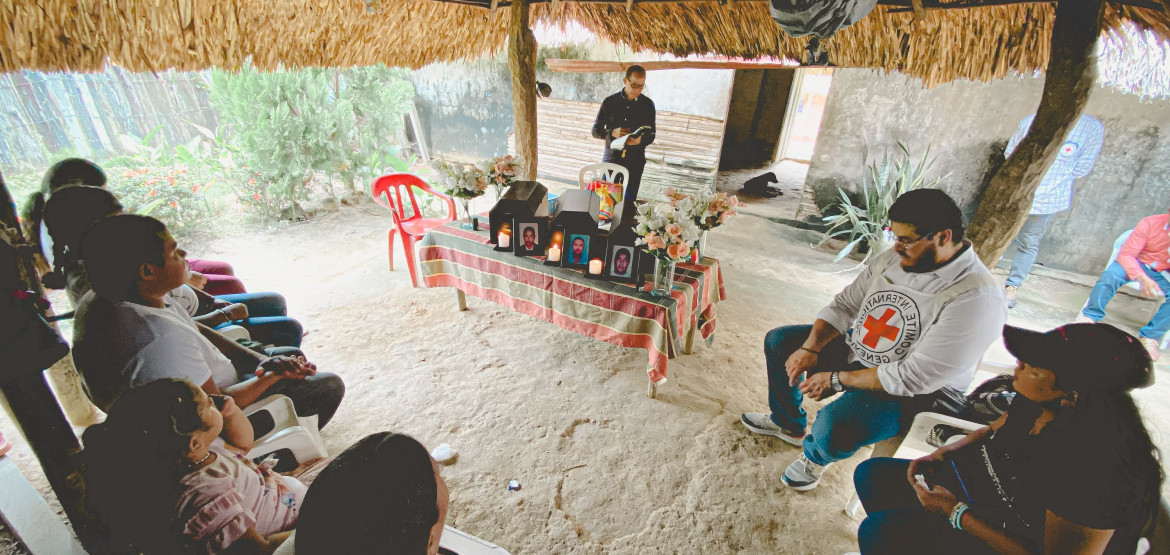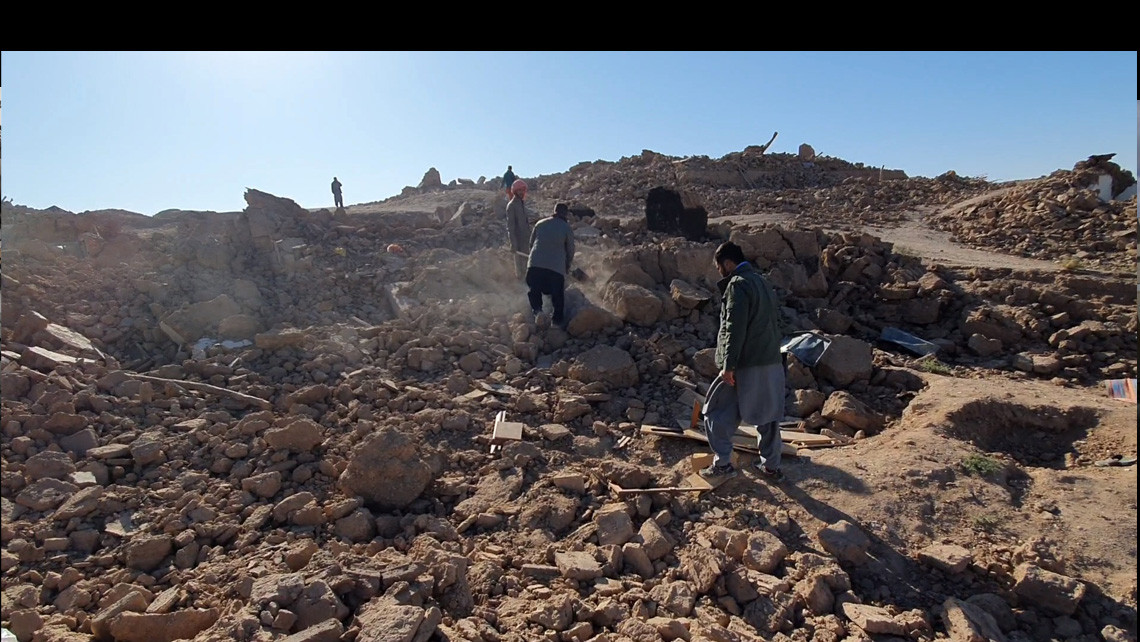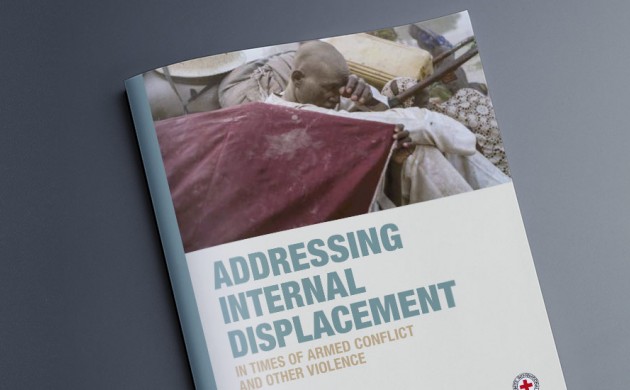Quick access Contact Resource centre
Highlights
- What's new
- Media
- The ICRC’s funding and spending
- The Geneva Conventions
- IHL databases
- International Review of the Red Cross
- RedSafe
- Humanitarian Law & Policy blog
- Video Newsroom
- eShop
- ICRC Library
- ICRC archives
- ICRC Audiovisual Archives
- Restoring Family Links
- Working for the ICRC
- Reporting Misconduct
- Fraudulent e-mails and websites


